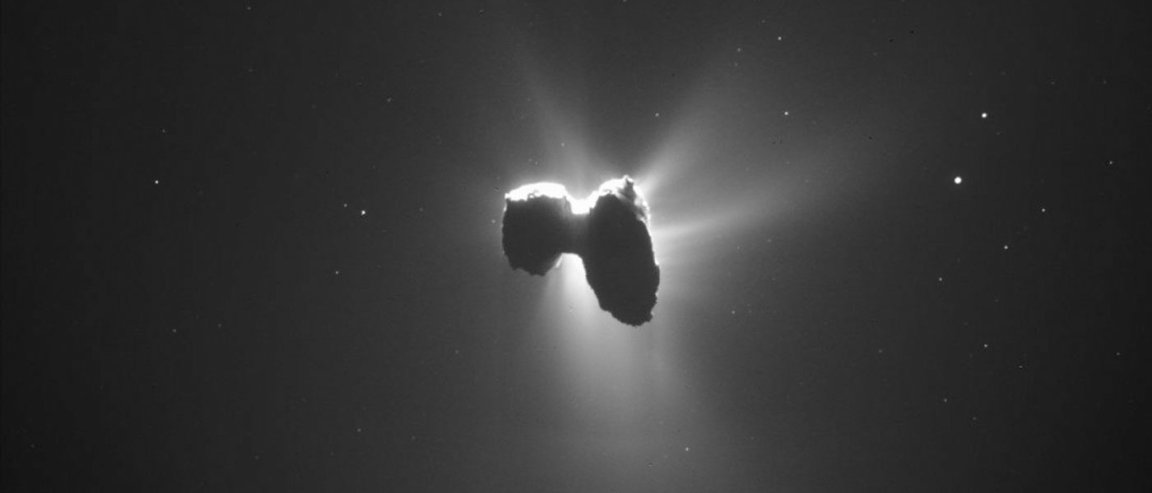
Life from outer space
The origin of life is one puzzle that has, well…puzzled us. Popular theories suggest that the chemical soup of young Earth, with the help of volcanic eruptions and volatile weather, mixed and churned simple chemicals into increasingly complex ones. Eventually, it is thought that this process led to the formation of life as we know it.
Others say that asteroids and comets “seeded” the Earth with simple sugars, and maybe even primitive microbes. And it seems that last one may just be true after all.

Scientists from the French Institut de Chimie de Nice (CNRS) have successfully shown that ribose, a key building block of genetic material, can form in the interstellar ice making up comets. They made this discovery as they were able to find ribose in artificial comets produced in the laboratory.
Other basic building blocks of life have already been found in artificial, laboratory created comets and, indeed, in real life meteorites. Amino acids, which make up proteins, and nitrogenous bases, a major component of nucleic acids, have both been found in these comets.
The finding of RNA in an artificial comet allows scientists to study the origins of this molecule- and by extension, the origins of life in the planet.
To cook a comet
To conduct the experiments, an artificial comet was made. A mixture of water, methanol, and ammonia was placed in a high vacuum chamber at 200°C. This simulated the formation of dust grains coated with ice, the raw material of comets.
The result was then irradiated with ultraviolet light, similar to conditions during the formation of a solar system. This was then warmed to room temperature, to simulate approach to the Sun.
The Institut de Chimie de Nice then analyzed its chemical composition, using multidimensional gas chromatography coupled with time-of-flight mass spectrometry. This showed several sugars, one of which was ribose.
Diversity and relative abundance then suggested that these sugars came from formaldehyde, which is found in space and forms from water and methanol)
The success of this study completes the list of the molecular building blocks of life that can be formed in interstellar ice, and strengthens the theory that life on Earth came from a place other than Earth.